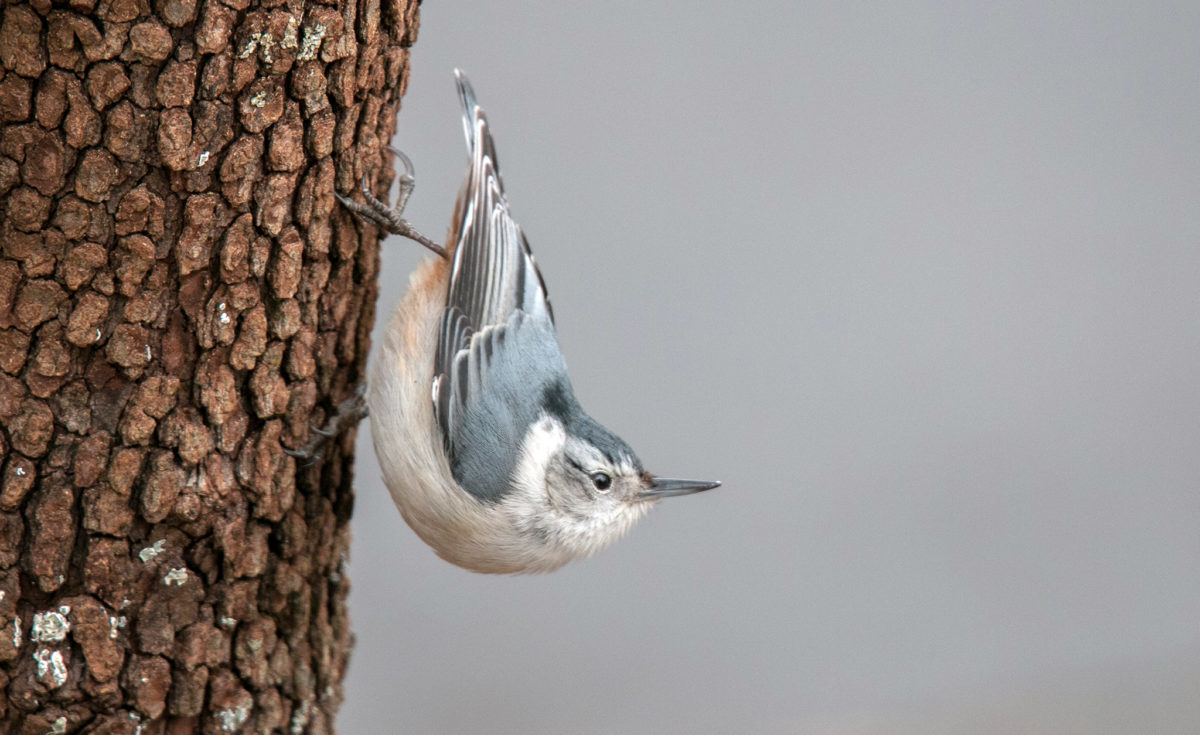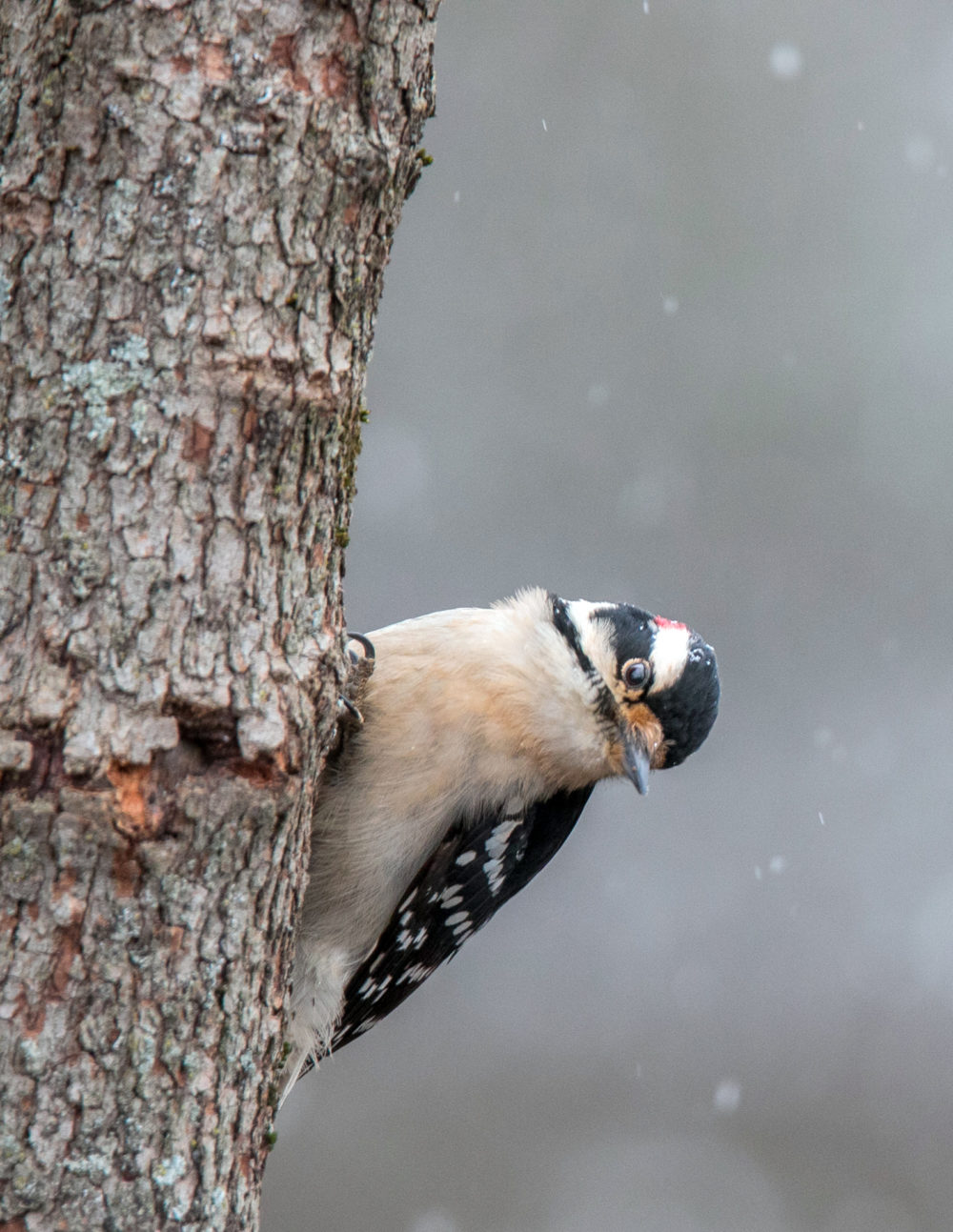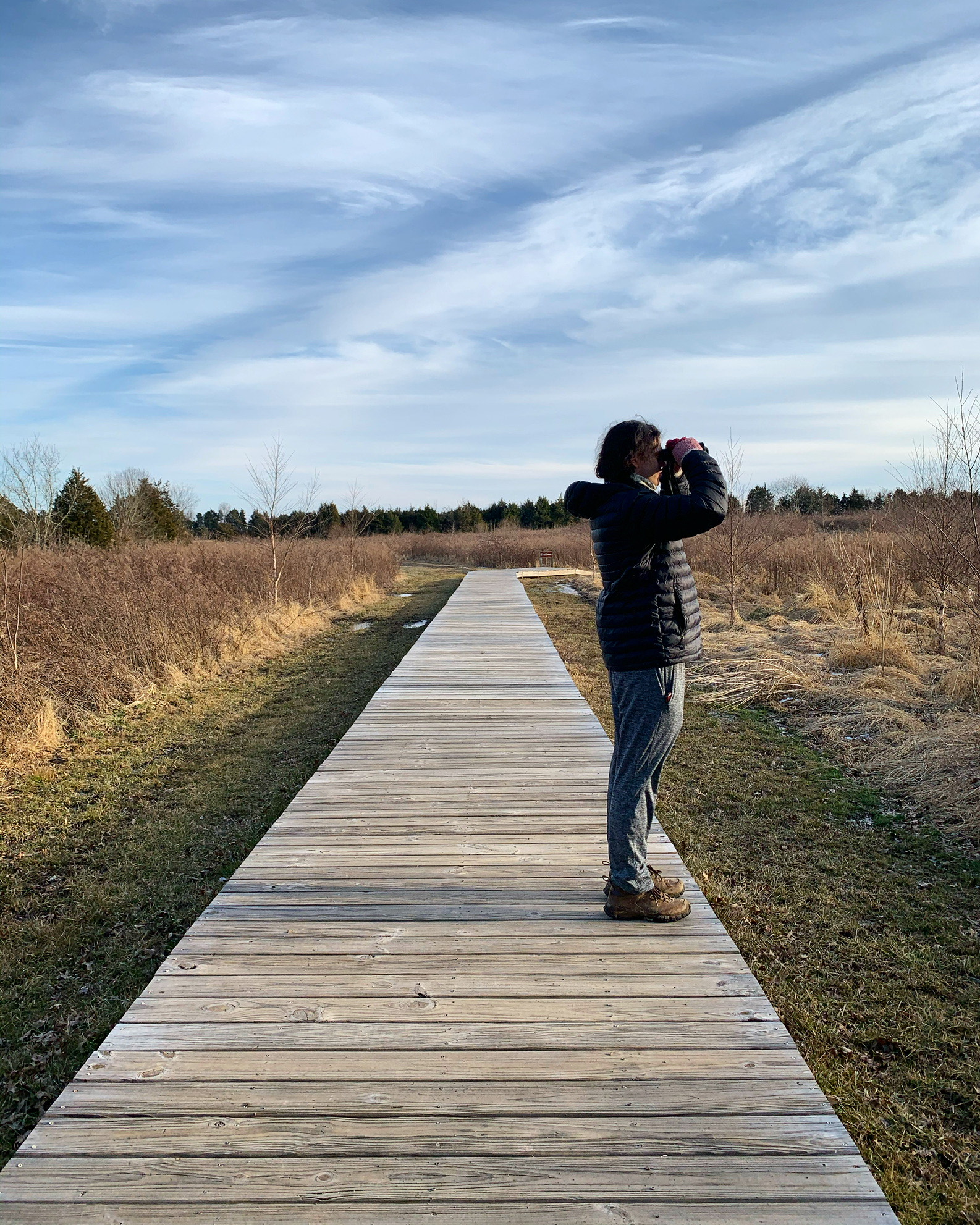
Wondering how you can get involved in bird conservation this winter? Community science is a great way to stay active, contribute to science and learn more about local ecology. Check out these birding community science projects:
Christmas Bird Counts
The Christmas Bird Count occurs every year from December 14 to January 5. There are several organized Christmas Bird Counts in our region, including Fauquier County, Charlottesville and Loudoun County. This is a great way to engage in local conservation for all levels of birders. Data has been collected through the Christmas Bird Counts for over 120 years, informing conservation scientists on the long-term status of bird populations in North America. Find your local Christmas Bird Count circle and join for an exciting day of winter birding!
Project FeederWatch
Project FeederWatch is a community science project run by the Cornell Lab of Ornithology. This project is a November through April survey of birds in your backyard, community areas or local parks. While having a bird feeder is a great way to attract birds to your yard, you can also survey any area with suitable habitat, native plantings or water that attracts birds. FeederWatch is a fun and flexible way to learn about our winter birds and help contribute to conservation science.
The Great Backyard Bird Count
The Great Backyard Bird Count is an annual community science project in February. In 2022, it will occur from February 18-22. To participate, all you have to do is watch birds for 15 minutes or more at least once over the four days. Count all of the birds you see and hear during your count, and input the data to eBird. That’s it! The Great Backyard Bird Count is a fun and easy way to learn more about the birds in your community. If you are new to birding, the Merlin Bird ID app is a great tool for learning how to identify birds in the field, and your sightings can connect directly to eBird through the app.
eBird
While several community science projects utilize eBird, you can also contribute data to eBird anytime you are out birding! eBird is managed by the Cornell Lab of Ornithology and is one of the world’s largest biodiversity databases, with more than 100 million bird sightings contributed each year. This data is used by conservation scientists around the globe to learn about bird distribution, abundance and population trends. eBird can be used to collect data about the birds you see and hear anytime, anywhere.
Happy birding!

A downy woodpecker. 
Great Backyard Bird Count: Adam McCraw birding at Bristoe Station Battlefield Heritage Park.
October Greenfield is PEC’s Wildlife Habitat Restoration Coordinator and is co-coordinator of the Piedmont Grassland Bird Initiative. You can reach her by email at ogreenfield@pecva.org.
